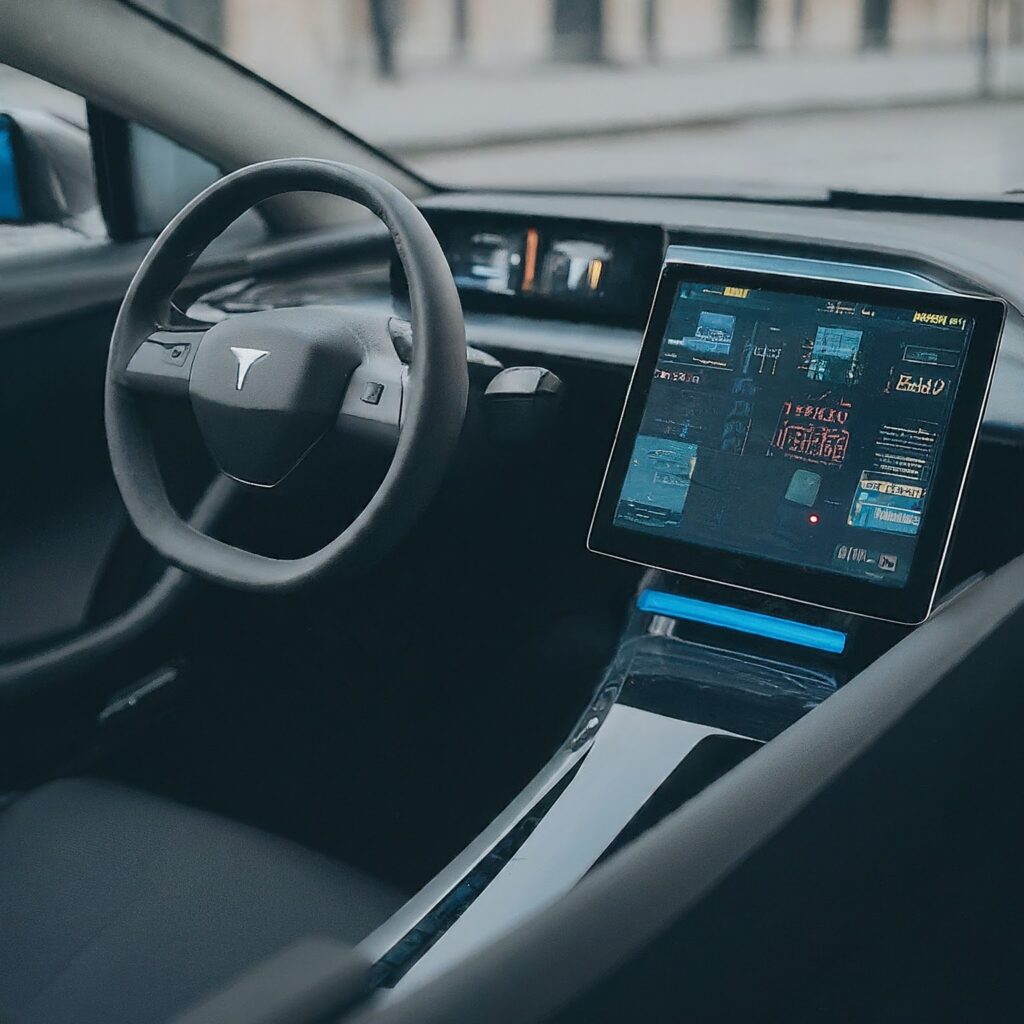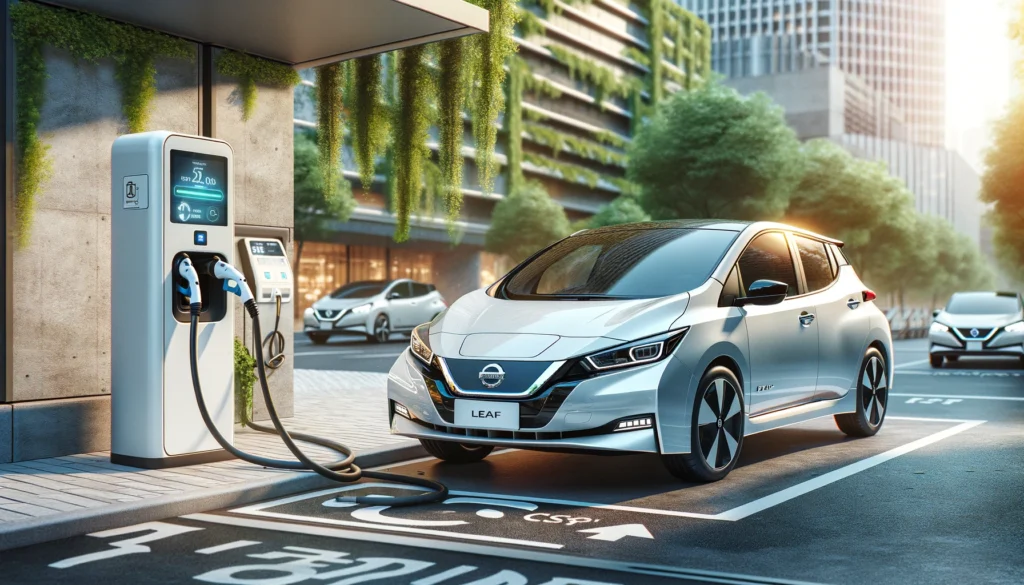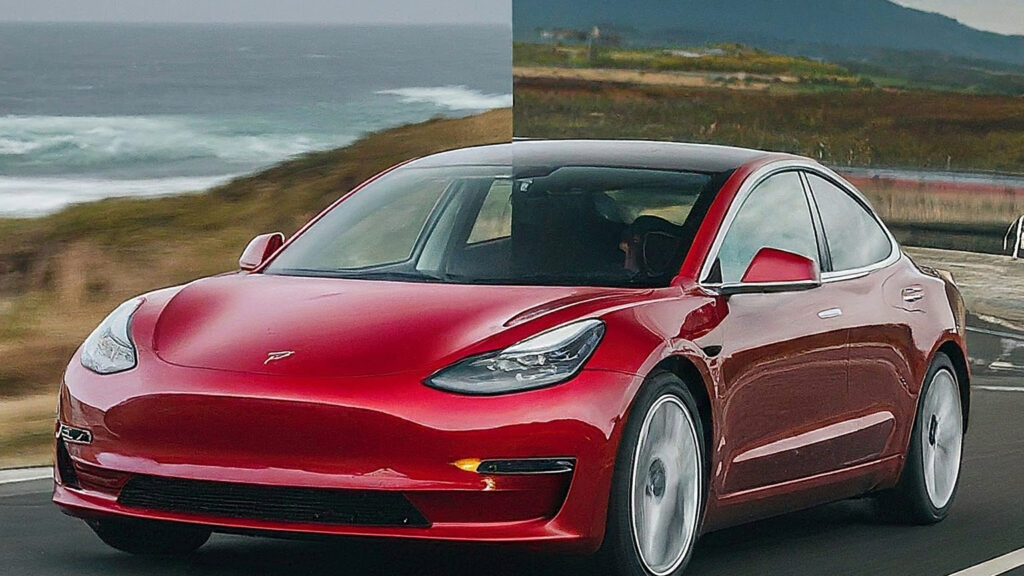Electric vehicles (EVs) have become increasingly popular in recent years due to their eco-friendliness and the advancement of technology, making them more practical and affordable. However, one question that often arises among potential buyers is: do electric vehicles have transmissions?

Understanding the Basics
Traditionally, internal combustion engine (ICE) vehicles are equipped with complex transmission systems that consist of gears and mechanisms to transfer power from the engine to the wheels, allowing the vehicle to move at various speeds. This is necessary because combustion engines have a specific power band where they operate efficiently, requiring different gear ratios to match different speeds.
The Electric Advantage
In contrast, most electric vehicles utilize a single-speed transmission or even a direct drive system. This means they don’t have the traditional transmission found in ICE vehicles. Instead, they rely on the electric motor’s ability to deliver instant torque across a wide range of speeds, eliminating the need for multiple gears.
Why No Transmission?
Simplified Design
One of the main reasons electric vehicles don’t require transmissions is their simplicity. Without the need for a complex transmission system, EVs have fewer moving parts, resulting in lower maintenance costs and fewer components prone to wear and tear.
Instant Torque
Electric motors are renowned for their ability to deliver maximum torque instantly, unlike combustion engines that need to build up speed gradually through different gears. This instantaneous torque delivery ensures a smooth and responsive driving experience without the need for gear changes.
Efficiency
Electric vehicles are inherently more efficient than ICE vehicles. With fewer energy conversion steps and no transmission losses associated with shifting gears, EVs can make more efficient use of the energy stored in their batteries, translating to better fuel economy and longer driving ranges.
Exceptions to the Rule
While most electric vehicles operate perfectly fine with a single-speed transmission or direct drive system, there are some exceptions. For instance, certain high-performance EVs or those designed for towing heavy loads may incorporate a multi-speed transmission to optimize performance and efficiency across a wider range of driving conditions.
The Future of Electric Transmissions
In the future, electric transmissions are set to transform how cars move without making it too complicated. Right now, most traditional cars use transmissions to change gears and control speed. But with electric vehicles (EVs), things work a bit differently. Instead of gears, EVs use electric motors to power the wheels directly, making them smoother and quieter. This means no more shifting gears or hearing loud engine sounds. In the future, engineers are working on making electric transmissions even better. They want to make EVs go farther on a single charge and be even more efficient. Imagine driving a car that can go for hundreds of miles without needing to stop for gas. That’s the kind of future electric transmissions are bringing us. Plus, electric transmissions can be more reliable because they have fewer moving parts compared to traditional transmissions. This means fewer repairs and less maintenance for car owners. With electric transmissions, the future of driving is looking brighter and simpler, making it easier for everyone to enjoy the ride.
Conclusion
In summary, the question of whether electric vehicles have transmissions is straightforward: most EVs don’t require traditional transmissions due to their inherent design advantages, including simplified mechanics, instant torque delivery, and greater efficiency. While there are exceptions to this rule, such as high-performance EVs, the majority operate just fine with a single-speed transmission or direct drive system. As the automotive industry shifts towards electrification, we can expect to see further innovations in transmission technology tailored for electric propulsion, ushering in a new era of efficient and sustainable transportation. So, if you’re considering making the switch to an electric vehicle, rest assured that the absence of a traditional transmission won’t compromise your driving experience—in fact, it may even enhance it.
So, why wait? Embrace the future of transportation today with an electric vehicle!


